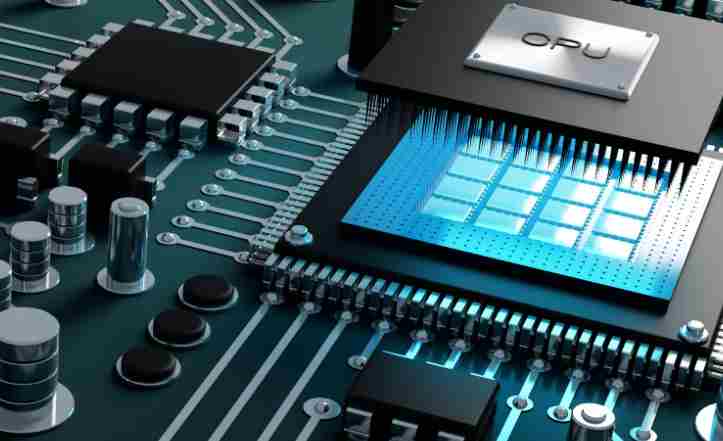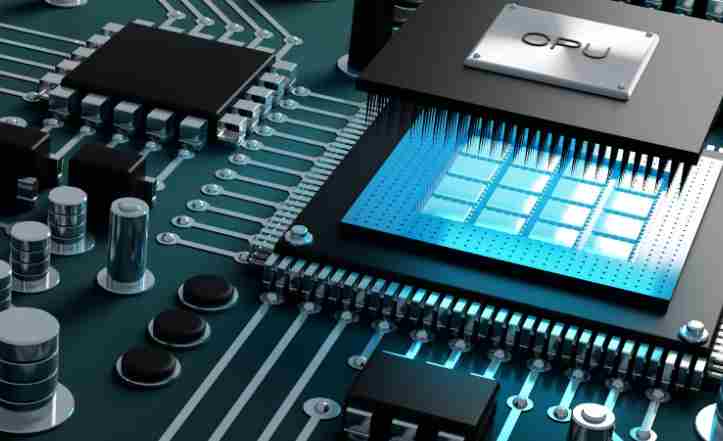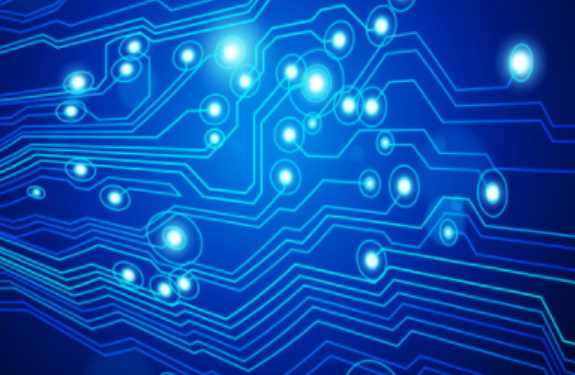
PCB board knowledge and standards
At present, there are several types of copper coated plates widely used in our country, and their characteristics are as follows: types of copper coated plates, knowledge of copper coated plates, and classification methods of copper coated foil plates are various. Generally, according to the different reinforcement materials of the board, it can be divided into five categories: paper base, glass fiber cloth base, composite base (CEM series), laminated multilayer board base and special material base (ceramic, metal core base, etc.). If it is classified according to the resin adhesive used in the board, the common paper based CCI. There are: phenolic resin (XPc, XxxPC, FR-1, FR-2, etc.), epoxy resin (FE -3), polyester resin and other types. Common glass fiber cloth CCL has epoxy resin (FR1-4, FR-5), which is currently the most widely used type of glass fiber cloth.
In addition, there are other special resins (glass fiber cloth, polyamide fiber, non-woven fabric, etc.) : bismaleimide modified triazine resin (BT), polyimide resin (PI), diphenylene ether resin (PPO), maleic anhydride imide - styrene resin (MS), polycyanate resin, polyolefin resin, etc. According to the flame retardant performance of CCL, it can be divided into flame retardant type (UL94-VO, UL94-V1 grade) and non-flame retardant type (UL94-HB grade). In the past 12 years, with more attention to environmental protection issues, a new type of CCL without bromine has been separated from the flame retardant CCL, which can be called "green flame retardant cCL". With the rapid development of electronic product technology, there are higher performance requirements for cCL. Therefore, from the performance classification of CCL, it is divided into general performance CCL, low dielectric constant CCL, high heat resistance CCL(general plate L above 150℃), low thermal expansion coefficient of CCL(generally used for packaging substrate) and other types. With the development and continuous progress of electronic technology, new requirements are constantly put forward for printed board substrate materials, thus promoting the continuous development of copper clad foil board standards. At present, the main standards for substrate materials are as follows

① National standards: China's national standards for substrate materials are GB/T4721-47221992 and GB4723-4725-1992, the CNS standard for the copper clad foil plate in Taiwan, China, is based on the Japanese JIs standard and was released in 1983.
② International standard: Japanese JIS standard, American ASTM, NEMA, MIL, IPc, ANSI, UL standard, British Bs standard, German DIN, VDE standard, French NFC, UTE standard, Canadian CSA standard, Australian AS standard, FOCT standard of the former Soviet Union, international IEC standard, etc.; PCB design material suppliers, common and commonly used are: Shengyi \ Kingboard \ International and so on.
PCB board introduction: According to the brand quality level from bottom to high divided as follows: 94HB-94VO-CIM-1-CIM-3-FR-4
Detailed parameters and uses are as follows:
94HB: ordinary cardboard, not fireproof (lowest grade material, die punching, can not be used as a power board)
94V0: Flame retardant board (die punching)
22F: Single side half glass fiber board (die punching)
Cim-1: Single glass fiber board (must be computer drilling, can not die punching)
Cim-3: double-sided half-glass fiber board (in addition to double-sided cardboard is the lowest end of the double-panel material, simple double-panel can be used with this material, than FR-4 will be cheaper 5~10 yuan/square meter)
FR-4: double-sided fiberglass board
1. The classification of flame retardant characteristics can be divided into four kinds: 94VO-V-1-V-2-94HB
2. Semi-cured film: 1080=0.0712mm, 2116=0.1143mm, 7628=0.1778mm
3. FR4 CEM-3 is a board, fr4 is a fiberglass board, cem3 is a composite substrate
4. Halogen-free refers to the substrate that does not contain halogens (fluorobromine iodine and other elements), because bromine will produce toxic gases when burned, and environmental protection requirements.
5. Tg is the glass transformation temperature, that is, the melting point.
6, the circuit board must be flame resistant, can not burn at a certain temperature, can only be softened. At this time, the temperature point is called the glass transition temperature (Tg point), and this value is related to the size and durability of the PCB board.
What is high Tg? PCB circuit board and the advantages of using high Tg PCB:
Therefore, the difference between general FR-4 and high Tg: at high temperatures, especially under heat after hygroscopic, the mechanical strength, dimensional stability, adhesion, water absorption, thermal decomposition, thermal expansion and other conditions of the material are different, and high Tg products are significantly better than ordinary PCB substrate materials.






